Home>Furniture & Design>Interior Design Trends>How To Blow Glass
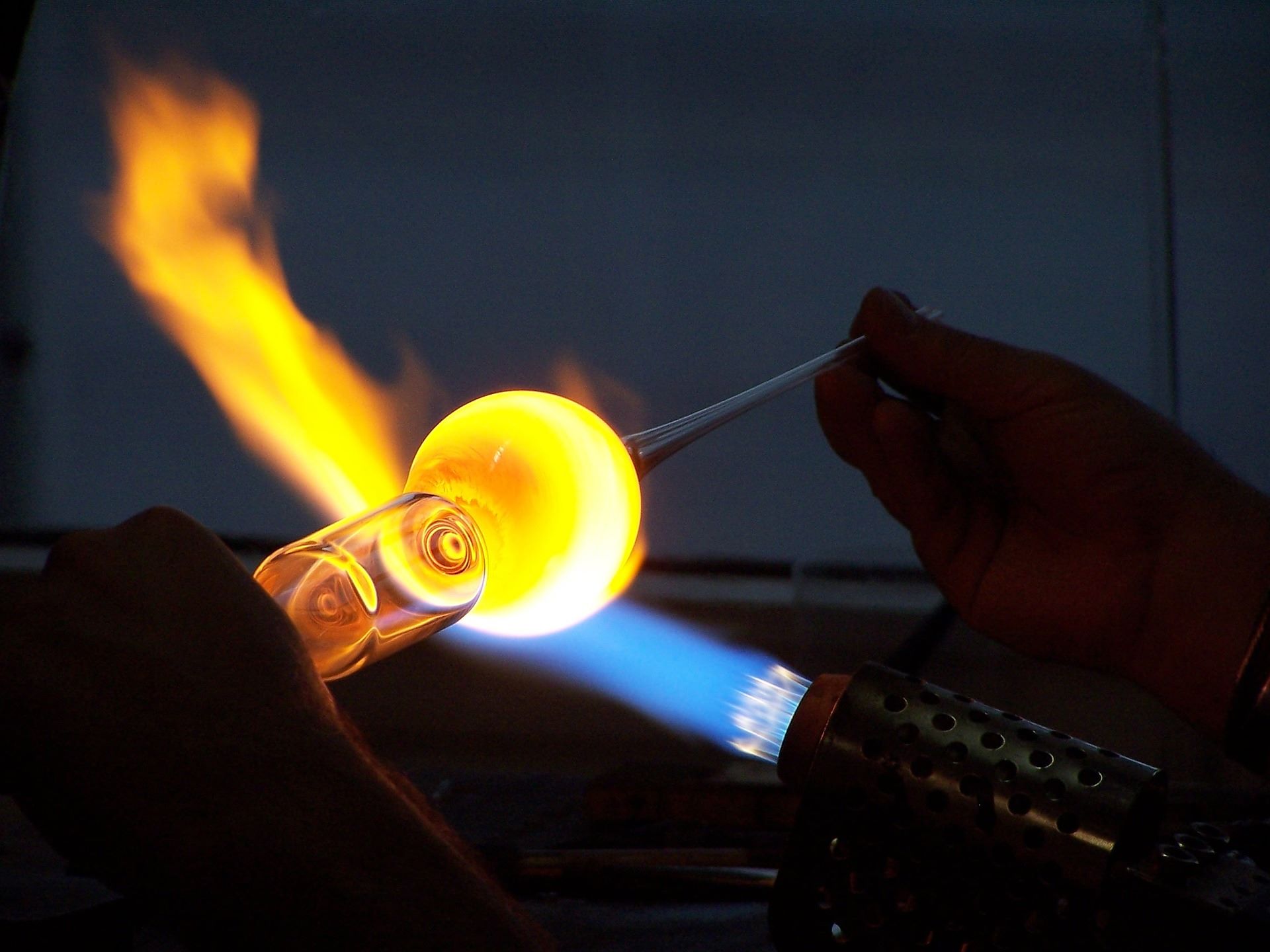

Interior Design Trends
How To Blow Glass
Published: February 2, 2024
Discover the latest interior design trends with our comprehensive guide on how to blow glass. Elevate your space with these innovative techniques and create stunning glass decor. Explore now!
(Many of the links in this article redirect to a specific reviewed product. Your purchase of these products through affiliate links helps to generate commission for Storables.com, at no extra cost. Learn more)
Introduction
Blowing glass is an ancient art form that has captivated and mesmerized people for centuries. The delicate and intricate process of shaping molten glass into beautiful and functional objects is a testament to human creativity and craftsmanship. From delicate ornaments to functional vessels, blown glass pieces are cherished for their unique beauty and timeless elegance.
The art of blowing glass dates back to the 1st century BC, and it has evolved over the years, blending traditional techniques with modern innovations. Today, skilled artisans and glassblowers continue to push the boundaries of this art form, creating stunning pieces that showcase the versatility and beauty of glass.
Blowing glass requires a combination of precision, skill, and creativity. It is a delicate dance between the artist and the molten glass, requiring a deep understanding of the material and its behavior. Each piece is a labor of love, with the artist coaxing the glass into the desired shape and form, often using specialized tools and techniques to achieve the desired result.
In this comprehensive guide, we will delve into the mesmerizing world of glassblowing, exploring the materials and tools needed, the intricate process of preparing the glass, the various blowing techniques, and the art of shaping and finishing the glass. Additionally, we will highlight the importance of safety precautions to ensure a secure and enjoyable glassblowing experience.
Whether you are a seasoned glassblower or a curious enthusiast eager to learn more about this captivating art form, this guide will provide valuable insights and practical tips to help you appreciate and master the art of blowing glass. So, let's embark on this enchanting journey into the world of glassblowing and unlock the secrets of this timeless craft.
Key Takeaways:
- Blowing glass is a mesmerizing art form that requires precision, skill, and creativity. From preparing the glass to shaping and finishing, artisans transform molten glass into timeless works of art with unique beauty and elegance.
- Safety is crucial in glassblowing. Artisans prioritize protective gear, ventilation, fire safety, proper handling, training, and first aid. By fostering a culture of responsibility, they create a secure and mindful environment for this captivating craft.
Read more: What Is Glass Blowing
Materials and Tools Needed
Blowing glass is a meticulous and intricate art form that demands a precise selection of materials and tools to ensure a successful and safe process. The following are the essential components required for a glassblowing endeavor:
Materials:
-
Glass Batch: This is the primary material used for blowing glass. It typically consists of silica sand, soda ash, and limestone, which are carefully mixed to create a molten glass mixture with the desired properties for blowing and shaping.
-
Colorants: To add vibrant hues and artistic flair to the glass, colorants such as metal oxides and other pigments are used. These colorants can transform the transparent glass into a kaleidoscope of hues, allowing artisans to create visually stunning and unique pieces.
-
Refractory Materials: Crucibles and molds made from refractory materials are essential for melting and shaping the glass. These materials can withstand the extreme temperatures required for working with molten glass, ensuring the safety and stability of the glassblowing process.
Tools:
-
Blowpipe: This long, hollow metal tube is used to gather molten glass from the furnace. It allows the glassblower to control and manipulate the molten glass as they begin the shaping process.
-
Marver: A flat, smooth surface, typically made of steel or graphite, used for shaping and cooling the glass. It provides a stable platform for the glassblower to roll and shape the molten glass, ensuring precision and control.
-
Punty: Also known as a pontil, this tool is a solid metal rod used to hold the partially formed glass piece while the other end is being worked on. It provides stability and allows the glassblower to access different areas of the glass object without distorting its shape.
-
Shears and Jacks: These specialized tools are used for cutting, shaping, and manipulating the molten glass. Shears are used for cutting and shaping, while jacks are used for forming and creating specific contours in the glass.
-
Furnace and Glory Hole: The furnace is used to melt the glass batch, while the glory hole is a secondary heating chamber used to reheat and maintain the temperature of the glass during the blowing and shaping process.
-
Safety Gear: Essential safety equipment, including heat-resistant gloves, protective eyewear, and aprons, is crucial for ensuring the safety of the glassblower throughout the process.
By understanding and utilizing these essential materials and tools, glassblowers can embark on their creative journey with confidence, knowing they have the necessary resources to bring their artistic visions to life.
Preparing the Glass
Preparing the glass for the blowing process is a crucial step that sets the foundation for creating exquisite glass pieces. The glassblower begins by gathering a suitable amount of molten glass on the blowpipe from the furnace, ensuring that it is at the optimal temperature and consistency for shaping and blowing. The molten glass, glowing with intense heat, is carefully manipulated and shaped using a combination of skillful techniques and precise movements.
Once the molten glass is gathered on the blowpipe, the glassblower rolls it on the marver, a flat, smooth surface, to shape and cool the glass slightly, providing a stable foundation for the subsequent steps. This initial shaping process is essential for controlling the viscosity and form of the glass, allowing the artisan to begin the intricate process of blowing and shaping.
As the glassblower works with the molten glass, they continuously rotate the blowpipe to maintain an even distribution of the material, preventing it from sagging or losing its shape. This rotational movement, combined with controlled blowing and shaping, is fundamental to achieving the desired form and dimensions of the glass piece.
Furthermore, the addition of colorants to the molten glass can introduce captivating visual elements to the piece, enhancing its aesthetic appeal. The skilled artisan carefully incorporates the colorants into the molten glass, blending and manipulating them to achieve the desired hues and patterns. This meticulous process requires a deep understanding of the behavior of colored glass and the ability to control its distribution within the molten mass.
The preparation of the glass sets the stage for the transformative and awe-inspiring process of blowing and shaping, laying the groundwork for the creation of stunning glass artistry. With the molten glass at the perfect temperature and consistency, the glassblower is poised to breathe life into the material, infusing it with their artistic vision and expertise to craft captivating and timeless glass pieces.
Read more: How To Learn Glass Blowing
Blowing Techniques
Blowing glass is a delicate and intricate art that demands a deep understanding of the material and a mastery of various blowing techniques. The process of shaping molten glass through controlled blowing requires precision, skill, and a keen eye for detail. Here, we explore the fundamental blowing techniques employed by glassblowers to transform molten glass into exquisite works of art.
1. Controlled Blowing:
Controlled blowing is a foundational technique in glassblowing, allowing the artisan to shape and expand the molten glass with precision. The glassblower uses controlled breaths through the blowpipe to inflate the molten glass, gradually expanding it into the desired form. This technique demands finesse and control, as the artisan carefully monitors the expansion of the glass to achieve the intended dimensions and contours.
2. Manipulative Blowing:
Manipulative blowing involves the strategic manipulation of the molten glass to create intricate shapes and patterns. By using specialized tools such as jacks and shears, the glassblower can shape and sculpt the inflated glass, imparting unique textures and contours. This technique requires a delicate touch and a deep understanding of the material's behavior, allowing the artisan to craft intricate details and captivating designs within the glass.
3. Reheating and Reblowing:
Reheating and reblowing are essential techniques used to maintain the optimal temperature and malleability of the glass throughout the shaping process. After initial shaping and blowing, the glassblower reheats the piece in the glory hole, ensuring that the glass remains pliable and workable. This allows for further shaping and refinement, enabling the artisan to achieve intricate details and refine the overall form of the glass piece.
Read more: How To Get Into Glass Blowing
4. Bubble Control:
Bubble control is a critical aspect of blowing glass, as it directly influences the transparency and uniformity of the glass. Skilled glassblowers employ precise techniques to control and manipulate air bubbles within the molten glass, ensuring a flawless and consistent appearance. By carefully managing the distribution of air within the glass, artisans can create stunning, bubble-free pieces that exude clarity and elegance.
5. Team Blowing:
Team blowing involves collaborative efforts among skilled artisans to create large and complex glass pieces. This technique requires seamless coordination and communication among the team members, as they work together to manipulate and shape the molten glass. Team blowing showcases the collective expertise and synergy of the artisans, resulting in awe-inspiring glass creations that push the boundaries of the art form.
Mastering these blowing techniques empowers glassblowers to unleash their creativity and bring their artistic visions to life. Through a harmonious blend of skill, precision, and innovation, artisans can transform molten glass into captivating works of art, each piece bearing the unique imprint of the artist's creativity and expertise.
Shaping and Finishing
Shaping and finishing represent the culmination of the glassblowing process, where the molten glass is meticulously transformed into a refined and captivating piece of art. This stage requires a harmonious blend of skill, creativity, and precision as the glassblower navigates the final steps of shaping and refining the glass to achieve the desired form and aesthetic appeal.
As the molten glass is carefully inflated and manipulated, the glassblower employs a range of shaping techniques to impart specific contours and dimensions to the piece. The use of specialized tools such as jacks and shears allows for the precise manipulation of the glass, enabling the artisan to sculpt intricate details and refine the overall form. Each movement is deliberate and calculated, as the glassblower breathes life into the molten glass, coaxing it into the envisioned shape.
Furthermore, the process of shaping and finishing involves the meticulous control of temperature and viscosity. The glassblower strategically reheats the piece in the glory hole, ensuring that the glass remains pliable and workable. This allows for subtle adjustments and refinements, as the artisan fine-tunes the details and contours of the glass, bringing forth its inherent beauty and elegance.
The finishing touches play a pivotal role in elevating the glass piece to its full potential. The glassblower meticulously inspects the piece, refining any imperfections and perfecting the overall form. This meticulous attention to detail ensures that the glass piece embodies a flawless and refined aesthetic, captivating viewers with its clarity and precision.
Moreover, the art of finishing extends beyond the physical form of the glass, encompassing the application of decorative elements and surface treatments. From intricate patterns to delicate embellishments, the glassblower can add a layer of artistry to the piece, infusing it with unique visual appeal and character. Whether through the application of colored glass accents or the creation of captivating textures, the finishing stage allows the artisan to imbue the glass with their creative vision, resulting in a truly distinctive and captivating work of art.
In essence, the process of shaping and finishing represents the culmination of the glassblowing journey, where the molten glass is transformed into a refined and captivating masterpiece. Through skillful manipulation, meticulous attention to detail, and a deep understanding of the material, the glassblower breathes life into the molten glass, shaping it into a timeless work of art that embodies the essence of creativity and craftsmanship.
Safety Precautions
Ensuring safety is paramount in the art of glassblowing, given the high temperatures and delicate nature of working with molten glass. Implementing comprehensive safety precautions is essential to safeguard the well-being of the artisans and create a secure working environment. Here are the critical safety measures that should be observed throughout the glassblowing process:
-
Protective Gear: Prioritizing the use of appropriate protective gear is fundamental. Heat-resistant gloves, safety glasses, and aprons are indispensable for shielding against heat, molten glass splatters, and potential injuries. These protective measures serve as a crucial barrier, safeguarding the artisans from the inherent hazards of working with hot glass.
-
Ventilation and Air Quality: Adequate ventilation is essential to mitigate the risks associated with fumes and airborne particles generated during the glassblowing process. Proper ventilation systems and air filtration mechanisms help maintain a safe and breathable working environment, minimizing exposure to potentially harmful substances.
-
Fire Safety: Given the extreme temperatures involved in glassblowing, fire safety precautions are imperative. Fire extinguishers, heat-resistant surfaces, and clear evacuation routes should be readily accessible to address any unforeseen fire hazards. Additionally, a thorough understanding of fire safety protocols and emergency procedures is essential for all individuals involved in the glassblowing studio.
-
Handling and Storage: Proper handling and storage of glassblowing equipment and materials are crucial for preventing accidents and injuries. Ensuring that tools and materials are organized and stored securely minimizes the risk of tripping hazards and potential mishaps. Additionally, the safe handling of hot glass and tools is essential to prevent burns and other injuries.
-
Training and Supervision: Comprehensive training and supervision are vital components of a safe glassblowing environment. Artisans should receive thorough instruction on the proper use of equipment, handling of molten glass, and adherence to safety protocols. Supervision by experienced professionals further enhances safety by providing guidance and oversight during the glassblowing process.
-
First Aid and Emergency Response: Equipping the studio with a well-stocked first aid kit and ensuring that all artisans are trained in basic first aid procedures is essential. Additionally, establishing clear protocols for responding to emergencies, including burns, cuts, or other injuries, is critical for maintaining a safe and prepared workspace.
By prioritizing these safety precautions, artisans can create a secure and conducive environment for the art of glassblowing. Emphasizing safety not only protects the well-being of the individuals involved but also fosters a culture of responsibility and mindfulness within the glassblowing community. Through a steadfast commitment to safety, artisans can fully immerse themselves in the art of glassblowing, knowing that their well-being is safeguarded at every step of the creative process.
Read more: Who Invented Glass Blowing
Conclusion
In conclusion, the art of blowing glass is a mesmerizing and timeless craft that continues to captivate and inspire artisans and enthusiasts alike. From the delicate dance of shaping molten glass to the intricate techniques of controlled blowing and manipulative shaping, the process of glassblowing embodies a harmonious blend of skill, creativity, and precision. Each step in the journey, from preparing the glass to the meticulous shaping and finishing, represents a testament to human ingenuity and artistic expression.
The allure of glassblowing lies in its ability to transform a molten mass into exquisite works of art, each piece bearing the unique imprint of the artisan's creativity and expertise. The interplay of color, form, and texture within the glass reflects the artist's vision, resulting in captivating pieces that evoke wonder and admiration. Whether crafting delicate ornaments, functional vessels, or intricate sculptures, glassblowers infuse their creations with a sense of timelessness and beauty.
Furthermore, the art of blowing glass extends beyond the creative process, encompassing a deep commitment to safety and responsible practices. By prioritizing comprehensive safety measures, artisans create a secure and conducive environment for the art of glassblowing, fostering a culture of mindfulness and well-being within the glassblowing community.
As we reflect on the enchanting journey into the world of glassblowing, it becomes evident that this ancient art form continues to evolve, blending traditional techniques with modern innovations. The artistry and craftsmanship displayed in blown glass pieces serve as a testament to the enduring appeal of this timeless craft.
Whether one is a seasoned glassblower or an admirer of glass artistry, the art of blowing glass invites individuals to immerse themselves in a world of creativity, precision, and boundless artistic expression. It is a celebration of human creativity and ingenuity, where molten glass is transformed into captivating works of art, each piece telling a story of skill, passion, and timeless beauty.
Frequently Asked Questions about How To Blow Glass
Was this page helpful?
At Storables.com, we guarantee accurate and reliable information. Our content, validated by Expert Board Contributors, is crafted following stringent Editorial Policies. We're committed to providing you with well-researched, expert-backed insights for all your informational needs.
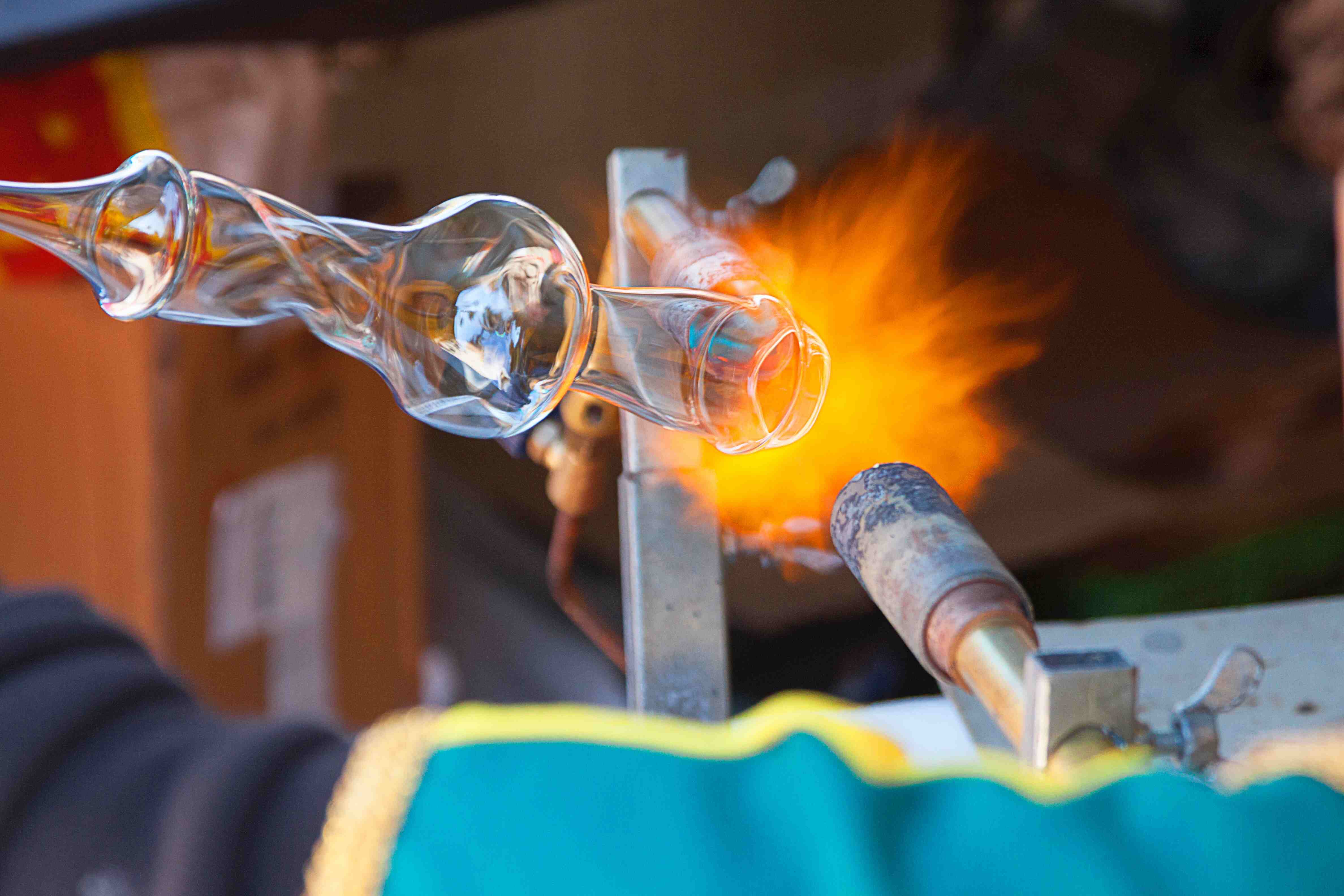
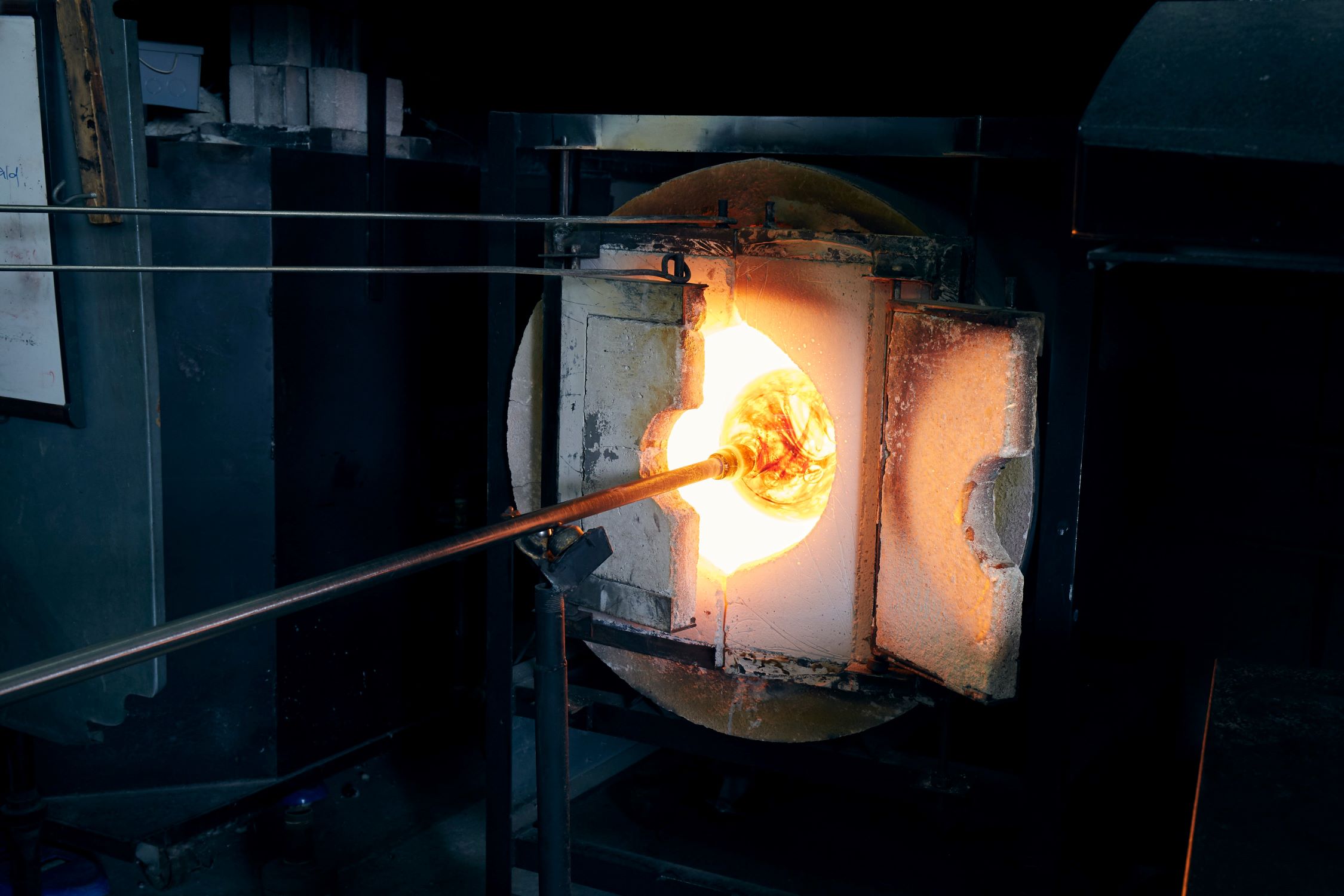


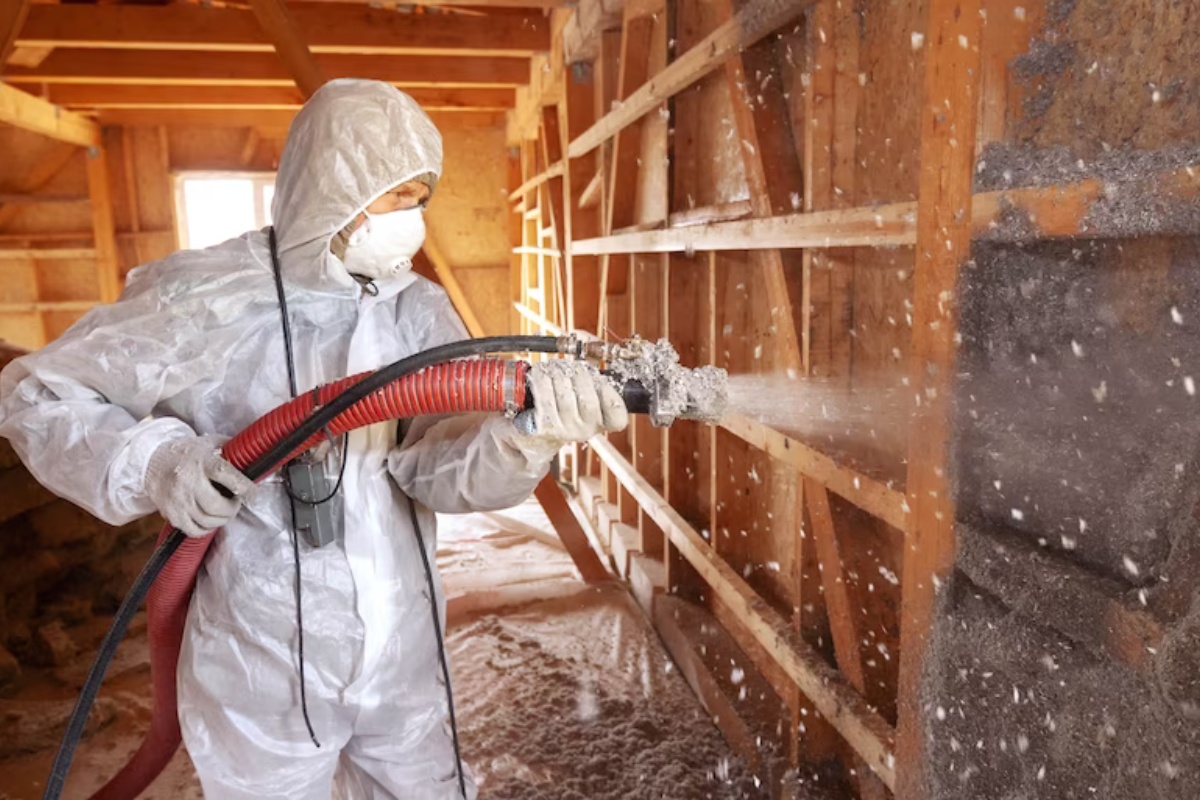
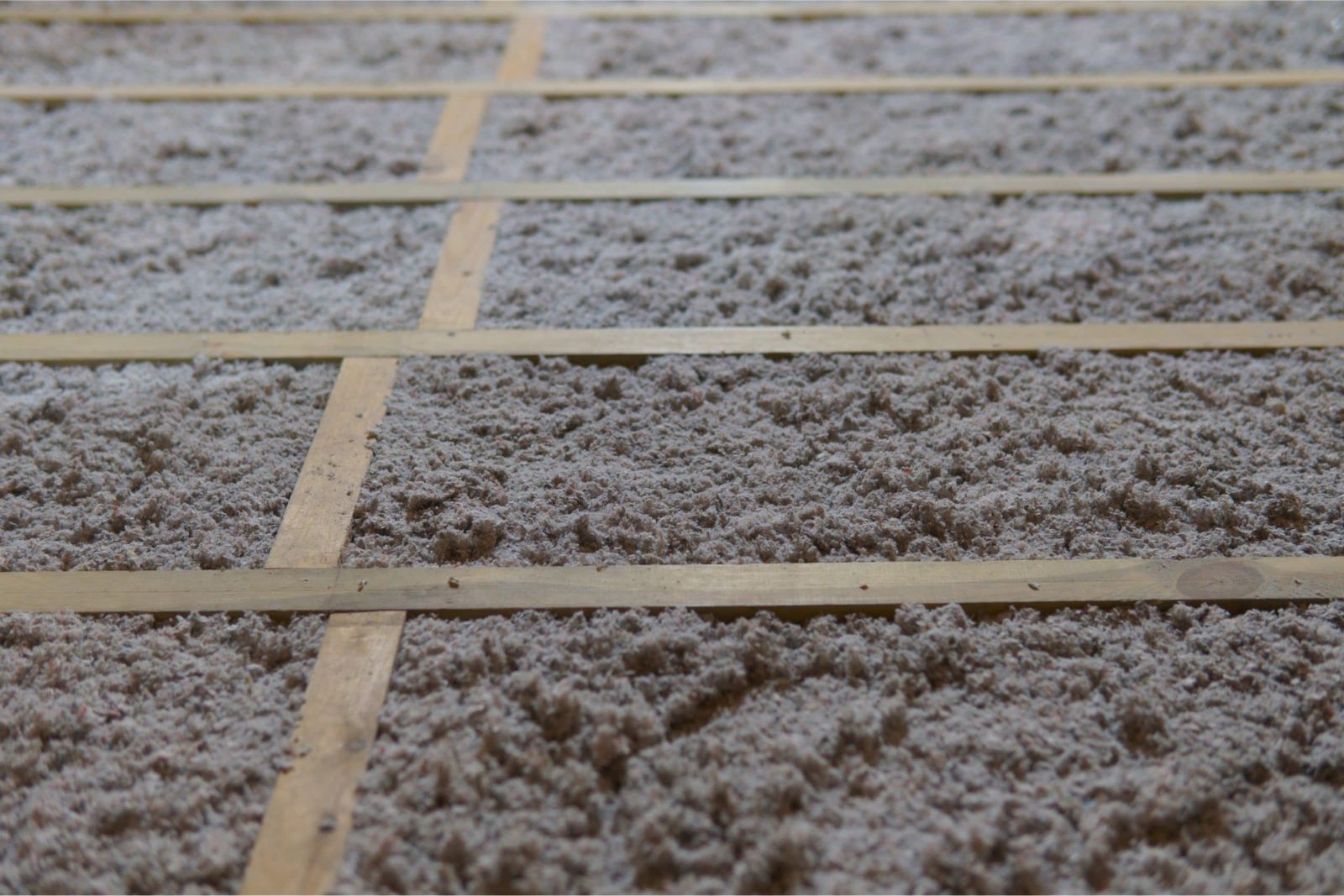
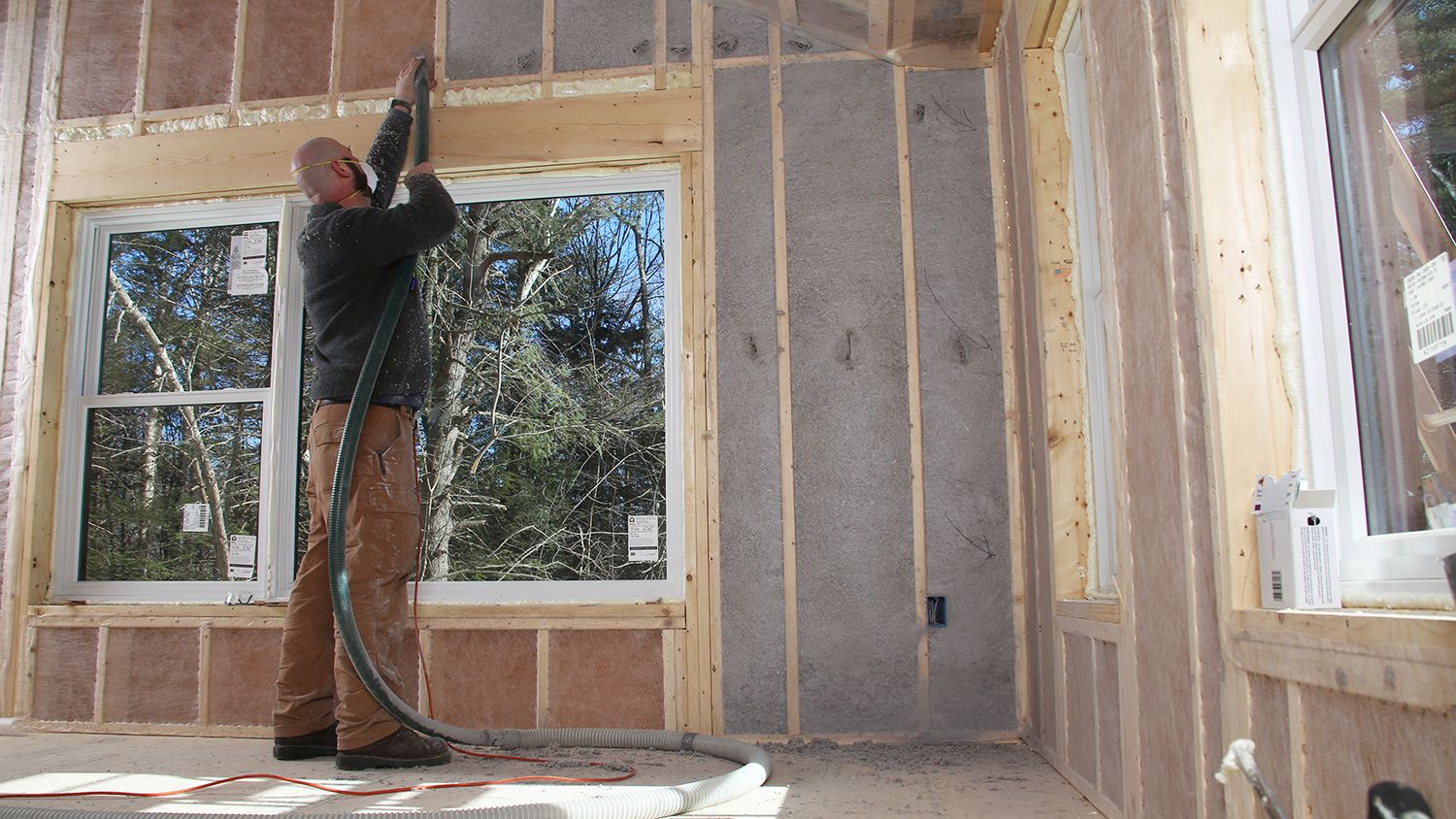
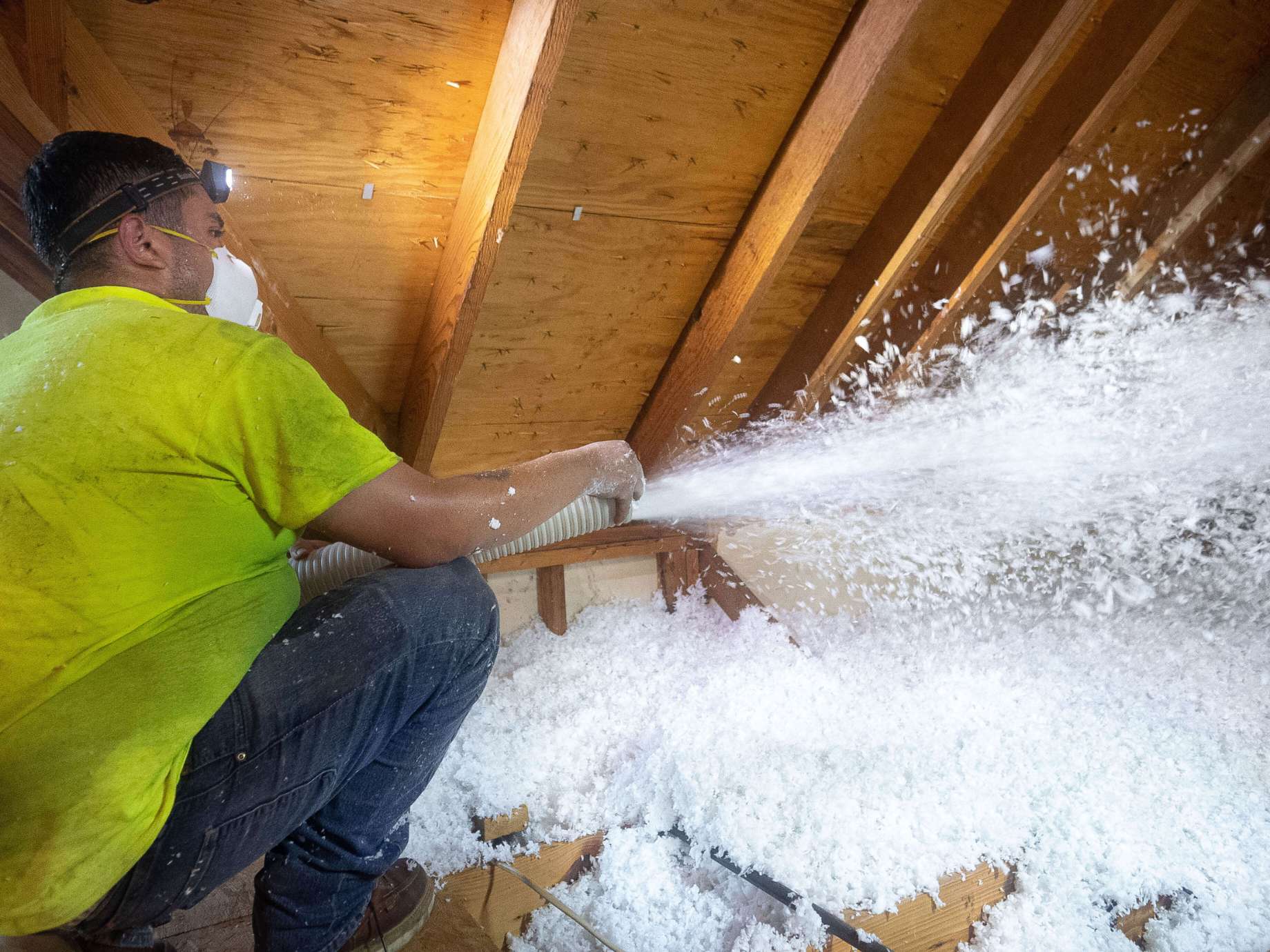

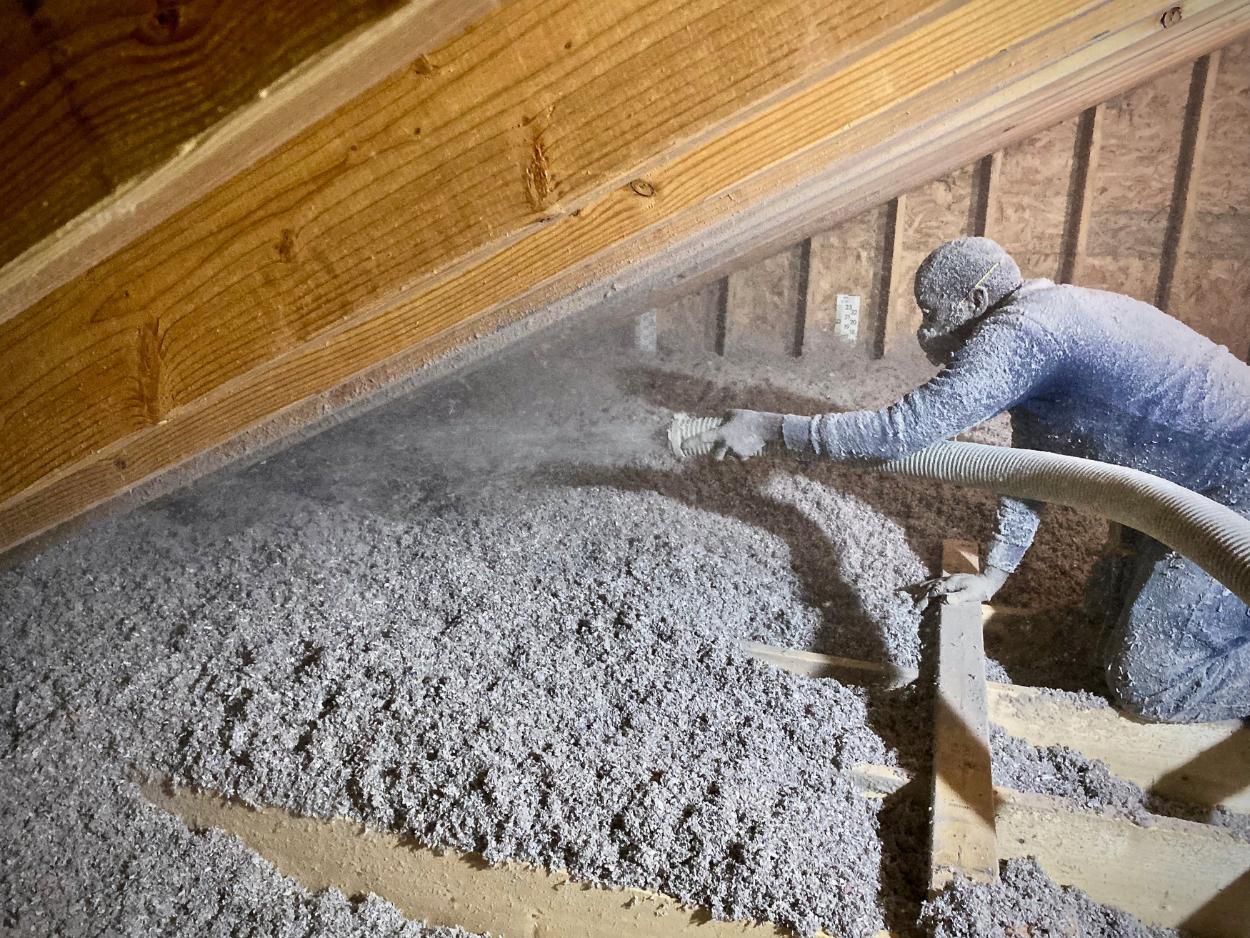



0 thoughts on “How To Blow Glass”